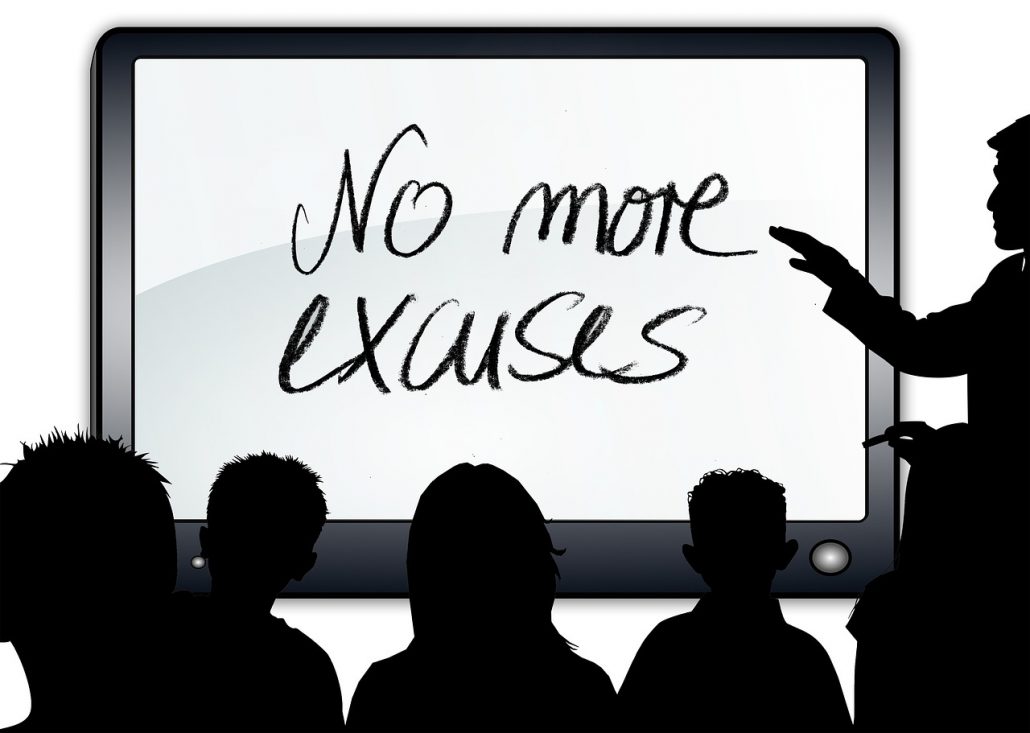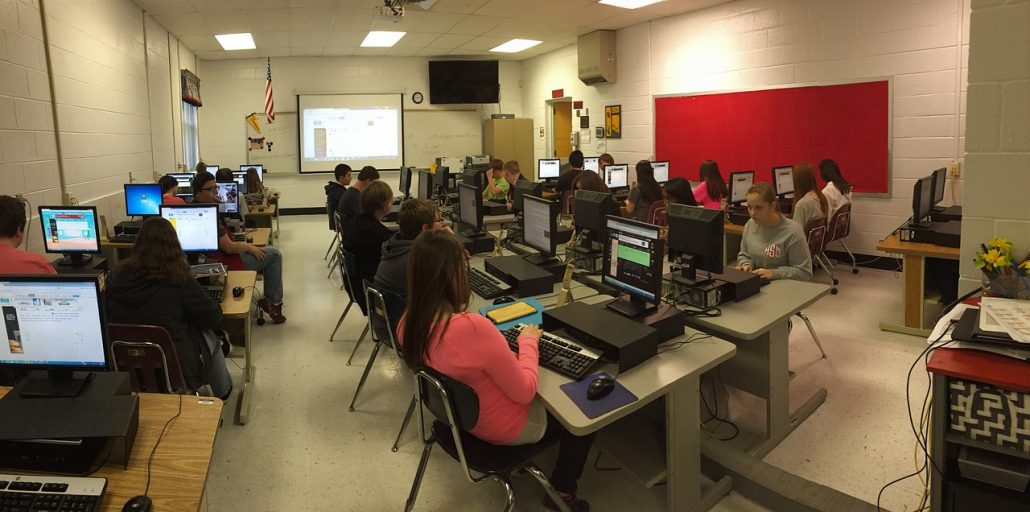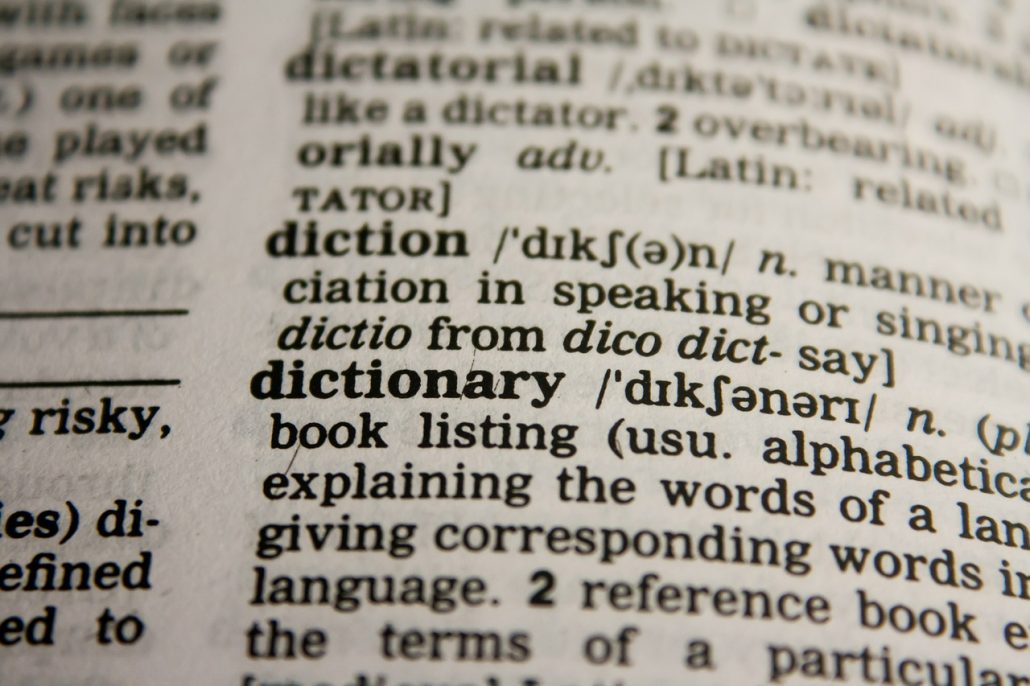Encouraging Student Effort in the Home Stretch

May is the time of the school year when many students and teachers begin to see the light at the end of the tunnel, making it a difficult month to focus and persevere. Even as the adult in the classroom, I notice the excitability in the air when the school year has begun to wind down to mere weeks. The difficulty then becomes maintaining the attention of children and teens when, truth be told, they are likely daydreaming about their soon-to-be-realized freedom. Below are tips for holding students’ interest at the end of the school year—and quelling the impatience that comes with it.
- Fake it until you make it in order to sustain engagement. Yes, this is the opposite of what the body and mind is telling us. Towards the end of the year, students are not the only ones dreaming of long summer days and sleeping in. As the adults in the room, it is our responsibility to set the tone of the classroom, even when all attention is elsewhere. Students, no matter the age group, feed off of the energy that you bring into your lessons. When we lack motivation or energy, students undoubtedly pick up on that lethargy. When this happens, all bets are off for maintaining a focused and engaged classroom. So, even when you are fried—which you certainly will be—remember the mantra above: fake enthusiasm and let the energetic tone be contagious.
- Talk to your classes about the importance of follow-through and self-sufficiency. Remind students of all of the hard work that they have done over the course of the school year. Stress the importance of finishing strong and working diligently through the last assignment of the year. Now is not the time to let distractions interfere with the momentum that has been built since day one in the fall. Instead, encourage students to finish the last leg of the race that is the school year as if each assignment decides their final grade.
- Keep creative with lessons and assignments. Obvious? Yes, but necessary nonetheless. Try not to let the allure of summer sunshine blind you—plan engaging lessons that allow students to explore, create, or choose from different options in terms of assignments. Avoid the go-to “busy work” plan that leaves students will dull or redundant worksheets.
- Think outside of the classroom. When possible, plan activities or lessons that could take place outside. Keep the activities structured and organized, as to maintain control of the learning. Rotation stations allow for collaboration while ensuring that groups are small and productive at the same time. Feel free to have small blocks for silent reading outside. This practice helps students to see reading as a leisure activity, as opposed to simply a completion box to check.
- Consider holding catch-up or work periods to ensure that students are thoroughly completing assignments even as they weeks are winding down. Provide students with additional copies of tasks that they may have misplaced, make-up work from absences, reassessments, etc. For students that are all caught up, have options for them to partake in.












